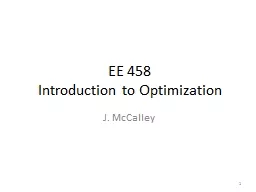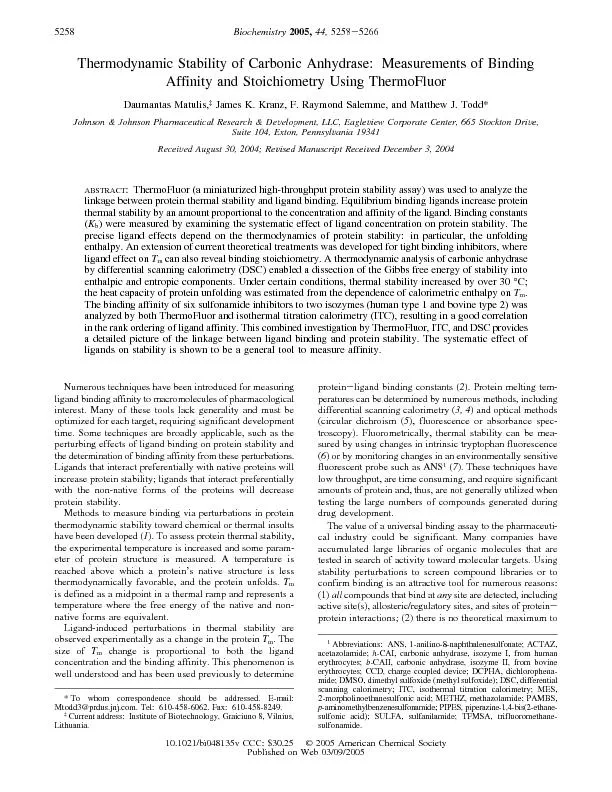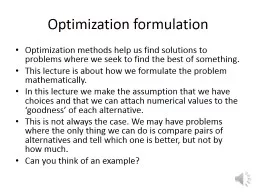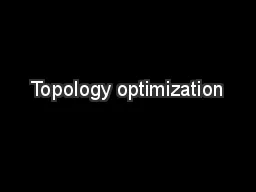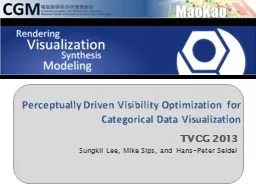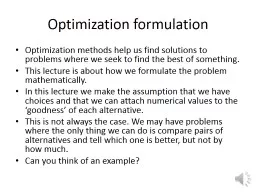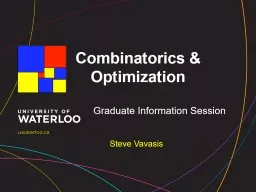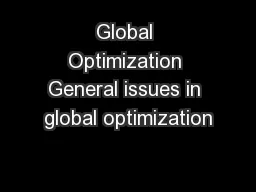PPT-EE 458 Introduction to Optimization
Author : karlyn-bohler | Published Date : 2019-02-02
J McCalley 1 Realtime Electricity markets and tools Dayahead SCUC and SCED SCED Minimize f x s ubject to h x c g x lt b BOTH LOOK LIKE THIS SCUC x contains
Presentation Embed Code
Download Presentation
Download Presentation The PPT/PDF document "EE 458 Introduction to Optimization" is the property of its rightful owner. Permission is granted to download and print the materials on this website for personal, non-commercial use only, and to display it on your personal computer provided you do not modify the materials and that you retain all copyright notices contained in the materials. By downloading content from our website, you accept the terms of this agreement.
EE 458 Introduction to Optimization: Transcript
Download Rules Of Document
"EE 458 Introduction to Optimization"The content belongs to its owner. You may download and print it for personal use, without modification, and keep all copyright notices. By downloading, you agree to these terms.
Related Documents

